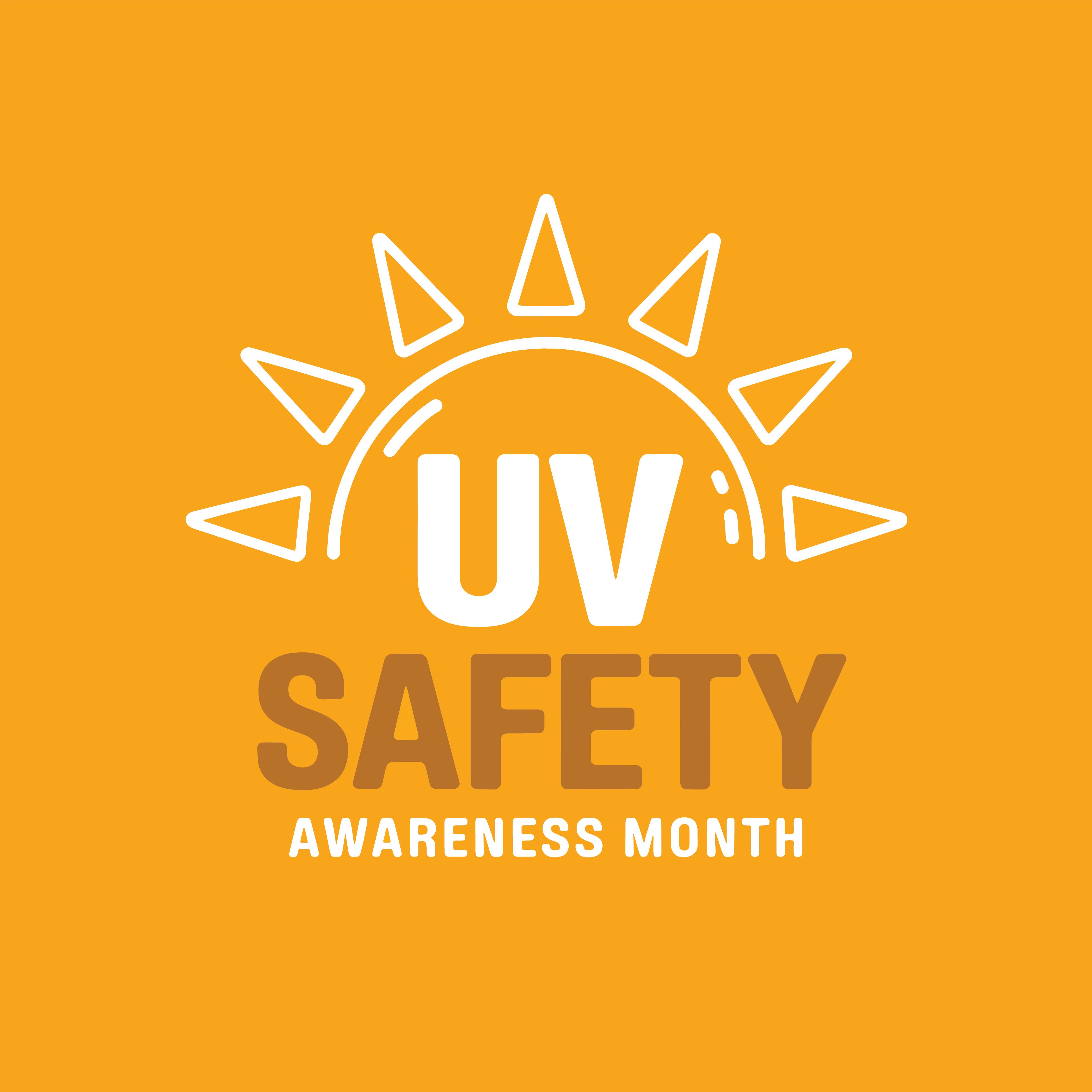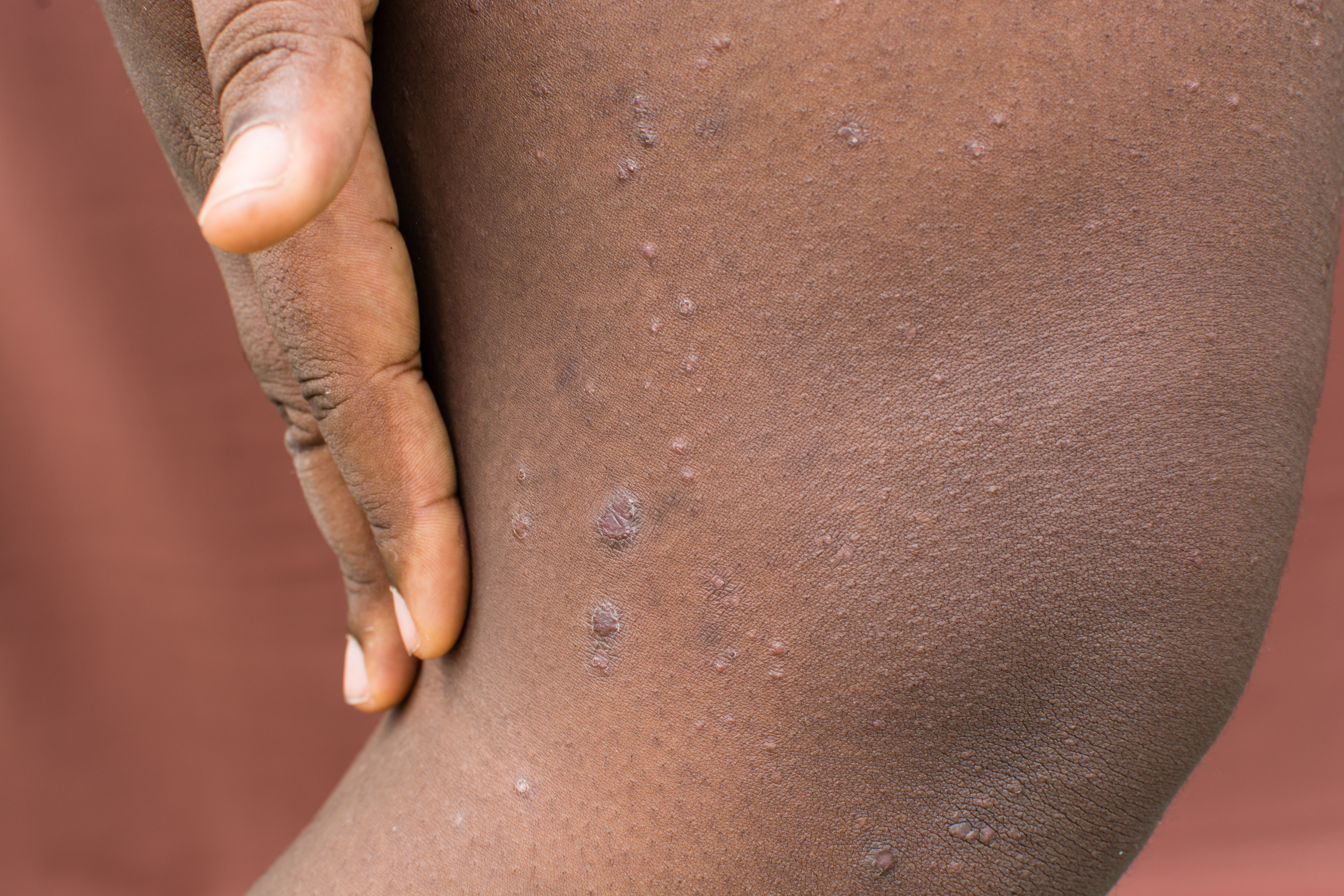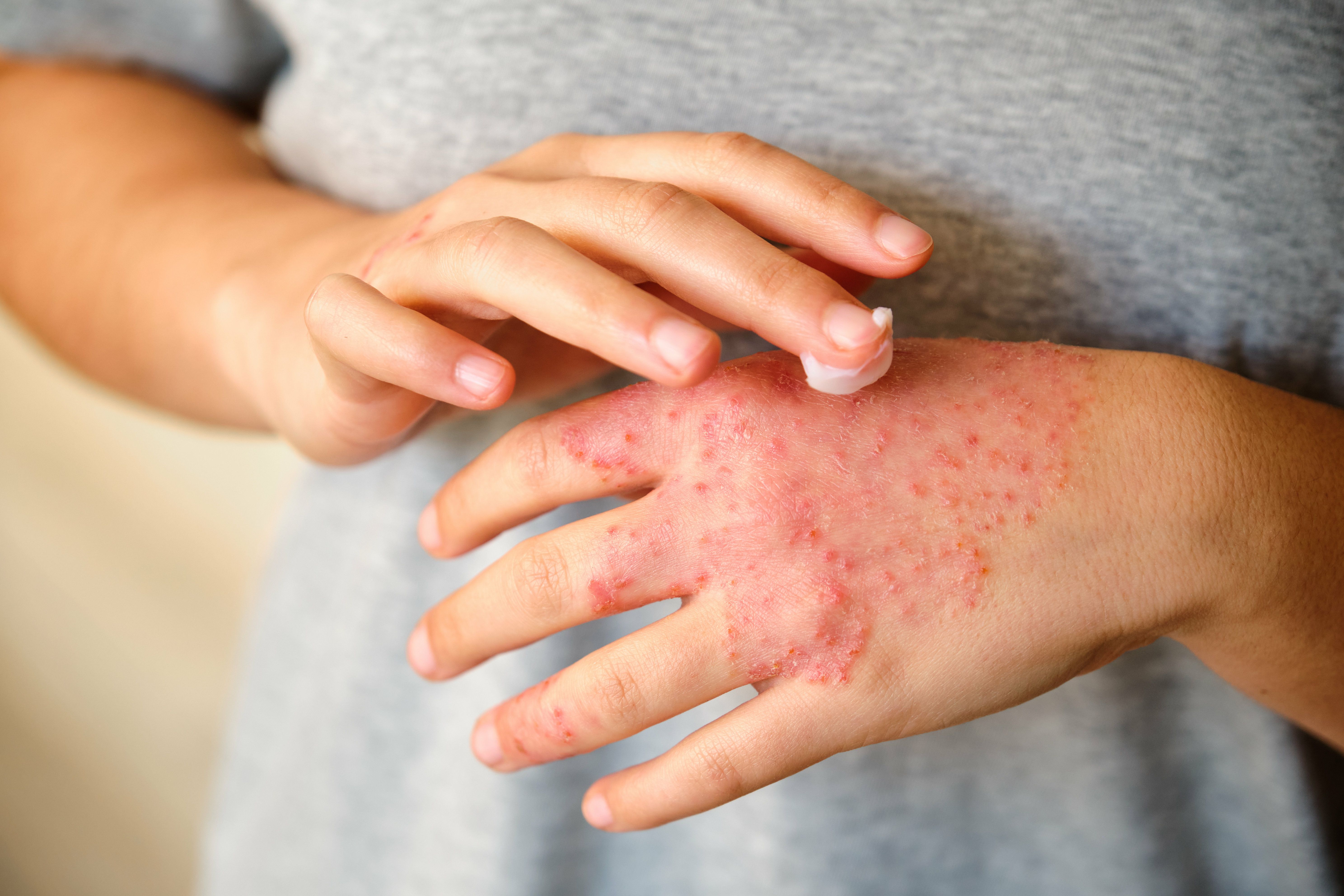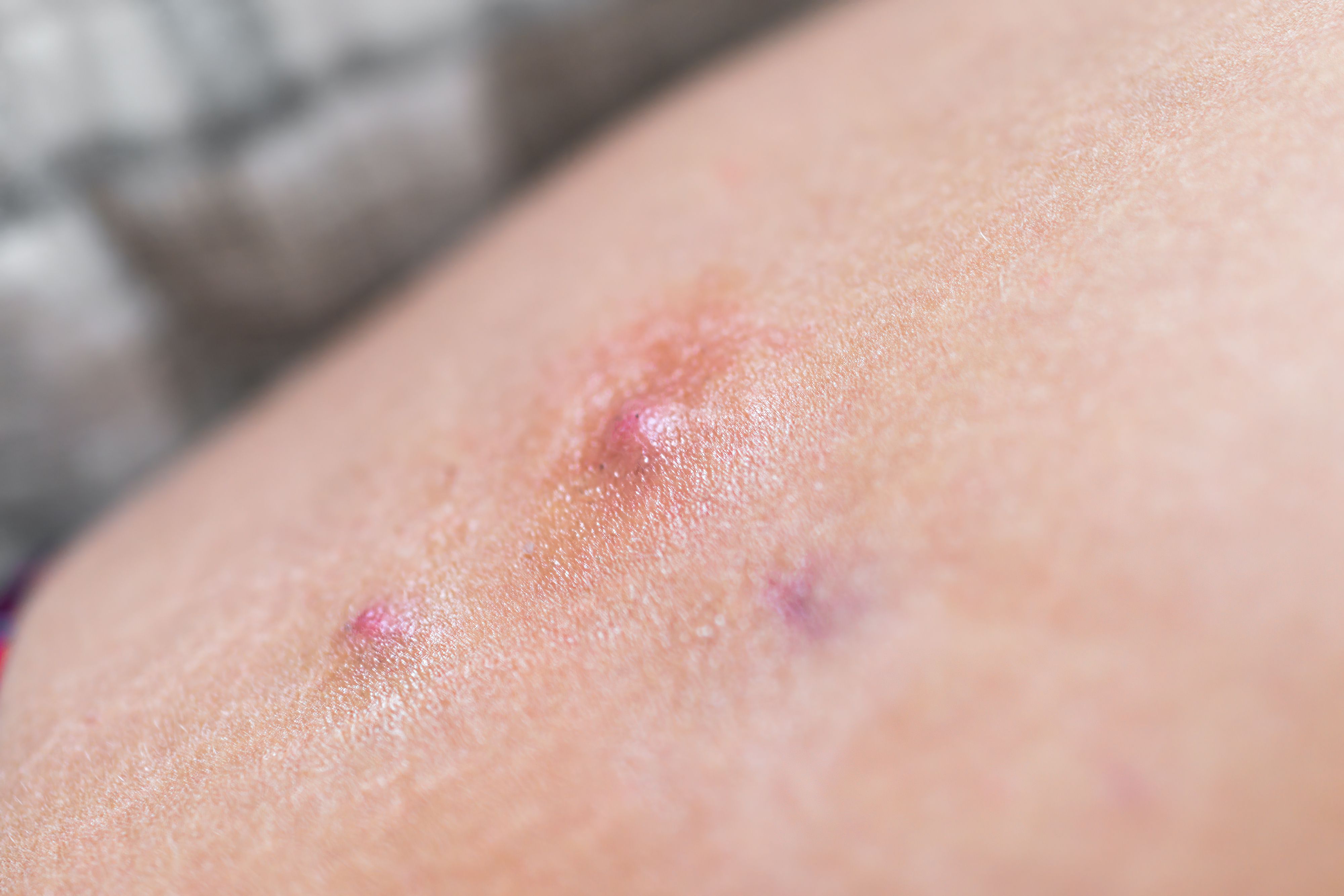Article
Telemedicine Effective for Diagnosis, Treatment of Pediatric Dermatologic Conditions
Author(s):
Telemedicine is effective to diagnose and treat various dermatologic conditions in the pediatric population.
Telemedicine is effective for the diagnosis and treatment of multiple dermatological conditions in the pediatric community, with significant patient and provider satisfaction, according to the Journal of the American Academy of Dermatology International.
A little girl is lying down

Teledermatology’s implementation into dermatologic care might increase care access locally and globally, but hurdles to commitment persist.
This review was conducted because the use of teledermatology instantly intensified upon the onset of COVID-19 and study authors wanted to review recent studies concerning the efficacy, perception, and utilization of telemedicine in pediatrics.
The study authors aim was to analyze the present state of pediatric dermatology through a systematic literature review.
Pediatric access to dermatologists is limited. Since the onset of COVID-19, teledermatology has been proposed as a way to improve dermatologic services for pediatric patients, though the present state of virtual medicine is in flux.
A literature search was conducted, and a total of 44 articles published between 2008 and 2022 were used.
Results revealed that diagnostic concordance between pediatric teledermatologist and in-person dermatologist varied from 70% to 89%. Teledermatology patient satisfaction was between 70% to 98%, with provider satisfaction around 95%. Teledermatology integration can decreased missed appointments and wait times for pediatric patients. Still, significant technological challenges persist, especially in underserved communities. Around the world, teledermatology might increase care access, even though narrow literature exists about its use in the pediatric community.
In the review, it was found that some conditions were accurately diagnoses by nondermatologists, but various others needed specific dermatological knowledge that may account for the varying range of concordance (39% to 82%) in the studies reviewed.
Generally, the literature suggests that diagnostic and management concordance is fairly high and validates the effectiveness of pediatric teledermatology for various dermatologic diseases.
Regardless of multiple studies showing the treatment of skin conditions through telemedicine, agreement on the optimal modality for individual dermatologic treatment in the pediatric community is still ambiguous.
There was a lower no-show rate of in-person visits after e-consult referrals compared with appointments created through a traditional referral system (39% vs 71%) in pediatric patients.
More studies are needed to understand the varied impact of different communication methods on the general efficacy and need for in-person follow-up after telemedicine, and which conditions are more likely to need an in-person follow up after a virtual visit.
Study design variability might also support the discrepancy in reported conditions before and after the pandemic.
Multiple publications have indicated high satisfaction rates with telemedicine use between pediatric patients, parents, and dermatologists, which may be due to increasing acceptance for technology’s role in clinical care.
Generally, pediatric dermatologists reported positive feedback about the use of telemedicine. Simultaneously, physicians are still worried about the quality of care given via telemedicine, where, according to one survey, 65% of pediatric dermatologists felt that teledermatology was not as effective as care in-person, and 46% thought that mistakes were more likely to take place. Just 8% said that treatment outcomes were the same as in-person care. Future studies should evaluate the role of physician assistants and nurse practitioners with teledermatology in the pediatric population.
The adoption and utilization of pediatric teledermatology isn’t well-characterized, and supplementary factors limit medical care access in these populations, like financial constraints, parental health, and inadequate transportation.
“Teledermatology imposes its own barriers on low-income communities, specifically, the need for a reliable and strong internet connection, computers or smart devices, digital literacy, the need for translator services, and the availability of a private location for the visit,” said the study authors.
However, there is strong evidence that teledermatology in the pediatric population can increase care access for underserved communities, with one multicenter study illustrating a 9% to 21% decrease in missed pediatric dermatology appointments when telemedicine was used in urban safety net clinics.
“Additionally, the integration of virtual visits was correlated with a significant reduction in wait times for appointments for this condition (17 days vs 28 days),” said the study authors, referring to a different study.
Some limitations of this study included the inability to incorporate literature that didn’t come up in certain search databases, and that it is possible that relevant articles were accidentally missed.
“Although studies have demonstrated successful use of pediatric teledermatology in underserved communities, the broader uptake and utilization of this method of care in vulnerable populations is unclear. Technological barriers and lack of clarity on reimbursement structure remain significant barriers to implementation and acceptance,” the researchers concluded.
Reference
Burshtein J. Buethe MG, Ghias MH, Stein AB, Glick S, Marmon S. Efficacy, perception, and utilization of pediatric teledermatology: a systematic review. JAAD Int. Published online March 29, 2023. doi: 10.1016/j.jdin.2023.03.005
Newsletter
Stay ahead of policy, cost, and value—subscribe to AJMC for expert insights at the intersection of clinical care and health economics.





